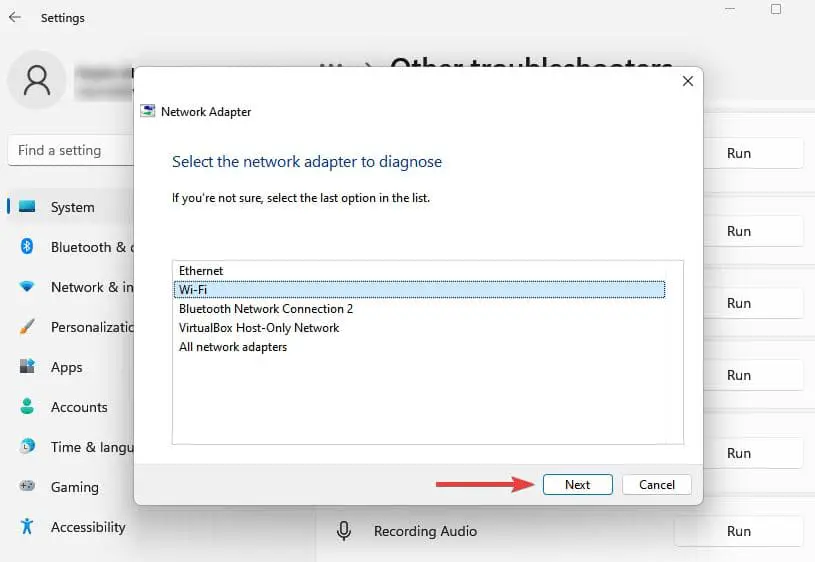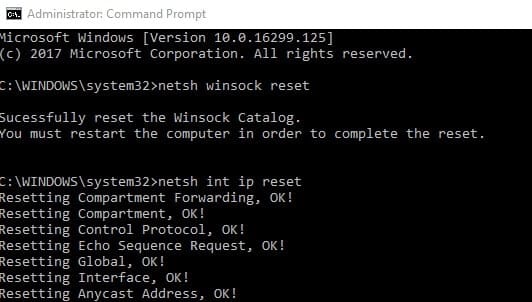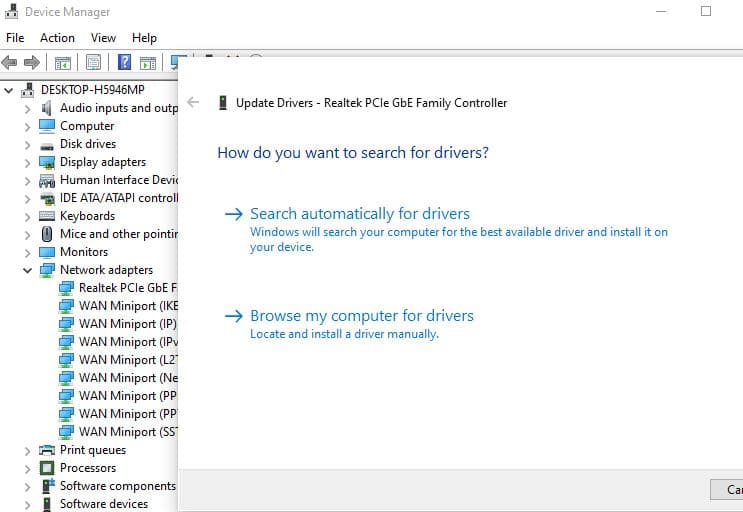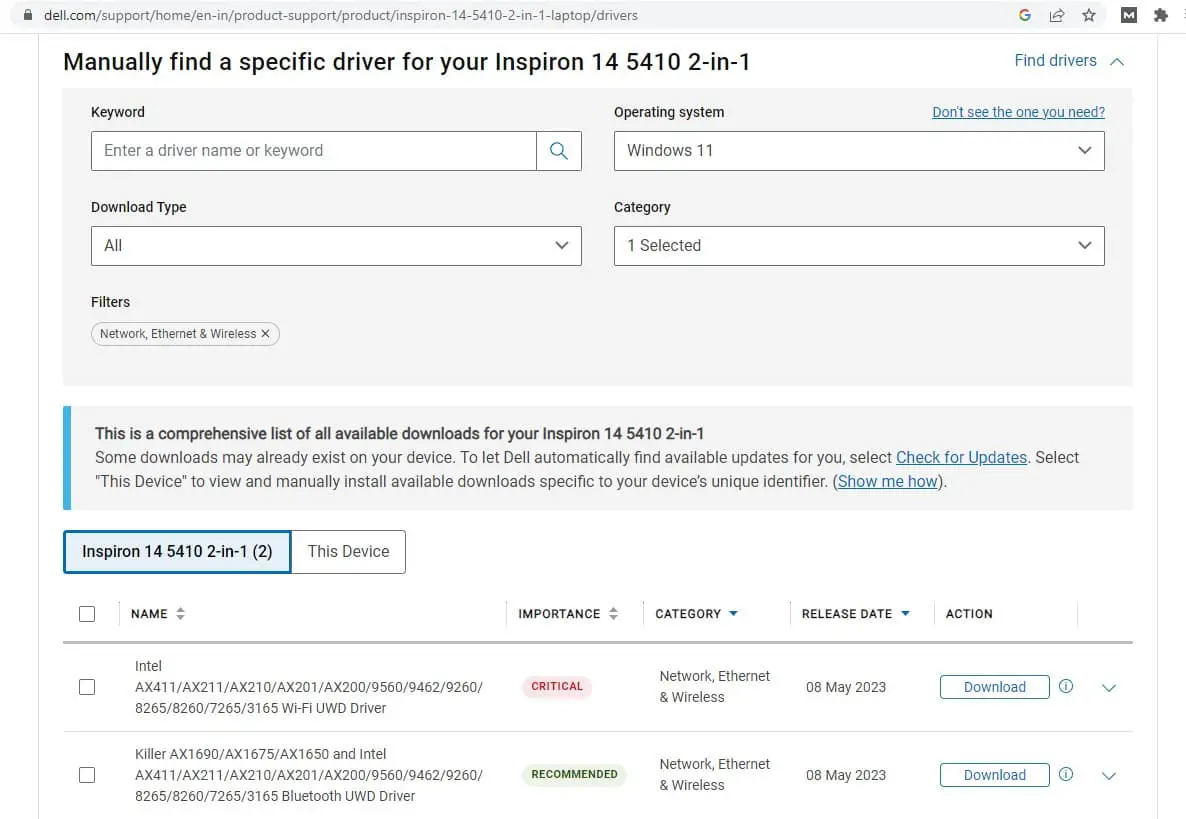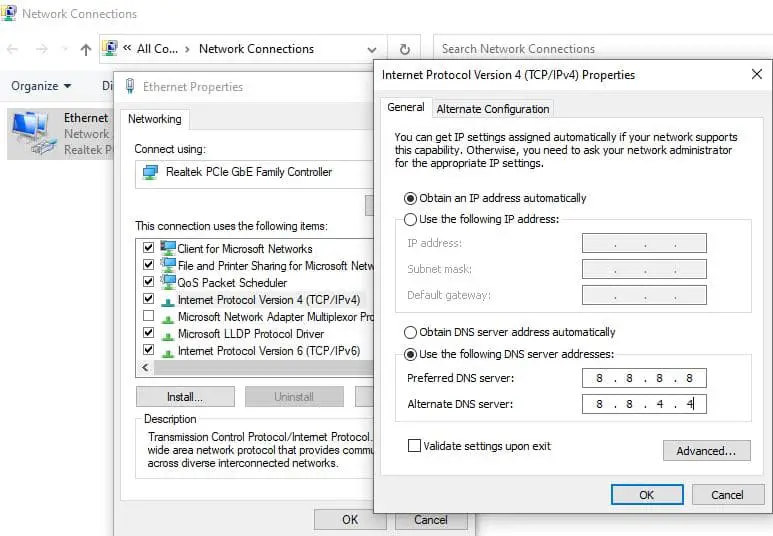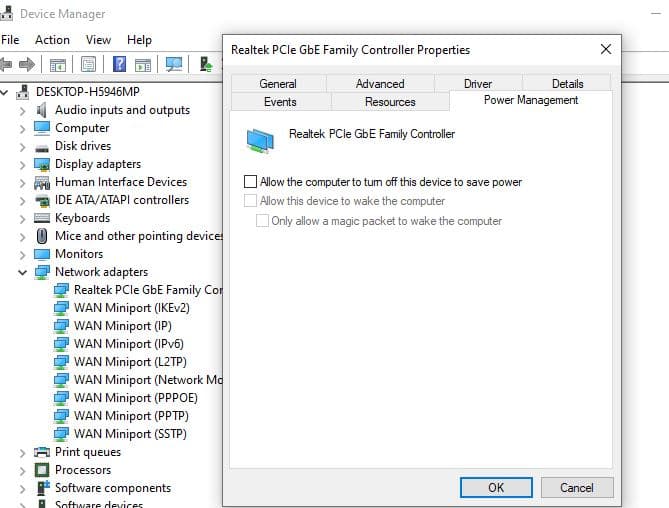A stable internet connection is absolute necessity for seamless communication, work, entertainment, and education. However, at times you may experience a very slow and unstable internet connection after Windows 11 update which can disrupt our online activities, leading to slow loading times, buffering issues, and frequent disconnections or lose internet connection. Whether you rely on WiFi or Ethernet for your internet connection, dealing with instability can be a significant hindrance to productivity and leisure. This article explores why Your Internet Connection is Unstable, and provides practical solutions to troubleshoot and fix the issue on your PC or Laptop.
Why is my internet connection unstable?
An unstable internet connection refers to a situation where the internet connection is very slow, and inconsistent. You may experience Internet disconnect frequently, slow loading times, buffering while streaming videos and more. The internet may work fine for a while but then drop or slow down unexpectedly, making it difficult to perform online tasks smoothly.
There are multiple reasons why Your Internet Connection is Unstable, signal interference, and outdated network or WiFi adapter driver are common. Again it may be older wifi routers or network interface cards (NICs) might not be capable of handling modern internet speeds, leading to instability and slow connections.
How to Fix Unstable Internet Connectivity
Sometimes, Restart WiFi router and Windows PC give them a fresh start, Wipeout temporary glitches that might be affecting the connection, and fix the problem for you. Running Internet troubleshooter automatically detects and corrects the problems that make the internet connection unstable. Also, you need to update the network or WiFi driver with the latest version to fix unstable Internet connection issues. Switch to Google DNS and Flush DNS cache help few users increase internet speed on their computer.
Let’s first check the WiFi signal, If you are Laptop user taking your device closer to the router can often help improve your internet connection, especially when using Wi-Fi.
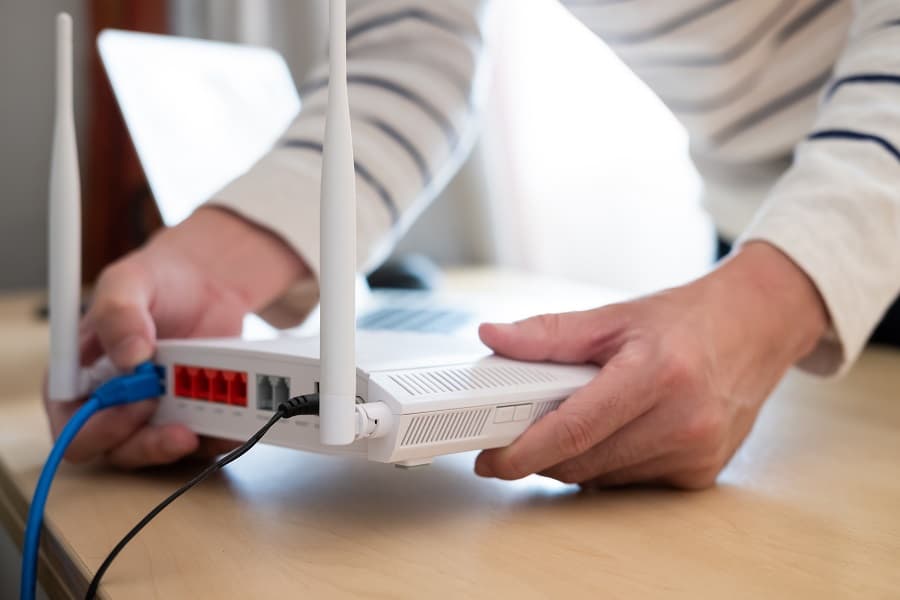
Restart your Device
Restarting both your network device (such as the modem and router) and your Windows PC can help fix internet connectivity issues, including an unstable internet connection. Restarting these devices clears their memory and resolves temporary glitches, which can sometimes cause network problems.
To Restart Network Devices:
- Power off your modem and router by unplugging them from the power source or using the power button if available.
- Wait for about 30 seconds to 1 minute to ensure the devices completely power down.
- Plug them back in or press the power button to turn them on again.
- Allow the devices to fully restart and establish a connection, which may take a few minutes.
To Restart Windows PC:
- Close any open applications and save your work.
- Click on the “Start” button in the bottom left corner of your desktop.
- Select the “Power” option then Click on “Restart” from the drop-down menu.
- Your PC will shut down and restart.
Run Internet troubleshooter
Whenever you experience a problem with internet connectivity the first thing to do. Running built-in internet troubleshooter automatically detects and addresses issues that may be affecting internet connectivity.
- Press the Windows key + X and select settings,
- Go to the system then Troubleshoot and click on Other troubleshooters,
- Now click Run next to Internet Connections and select an option to troubleshoot.
It performs a series of checks on your network settings, hardware, and connectivity to identify the root cause of the issue.
Once the troubleshooting is complete, locate and click Run next to the network adapter
Select an adapter to diagnose and follow on-screen instructions to address issues that may be affecting your network connectivity,
Once done reboot your PC and check if the Internet connection is stable now.
Reset the TCP configuration
The TCP/IP (Transmission Control Protocol/Internet Protocol) is a set of communication protocols that govern how data is transmitted and received over the Internet. Sometimes, the TCP/IP configuration can become corrupted or misconfigured, leading to connectivity problems.
Resetting the TCP/IP stack reverts the TCP/IP settings back to their default state, And probably fixes the internet connectivity problem on your device.
Open the Command Prompt with administrative privileges and run the following commands:
- netsh winsock reset
- netsh int ip reset
- ipconfig /release
- ipconfig /renew
- ipconfig /flushdns
The above command release and renew the IP address, clear the DNS cache, and reset the TCP/IP and Winsock settings, which can fix network-related issues, including an unstable internet connection.
Update Network Adapter Driver
An outdated or corrupted network adapter driver also be the reason why the internet connection is unstable on your PC or laptop. In order to fix it, it’s advised to update Network Adapter Driver. This can significantly help improve your internet connection and fix connectivity issues, including an unstable internet connection.
Updating your Network Adapter Driver to the latest version is an essential troubleshooting step for fixing internet connectivity issues.
- Go to the “Device Manager” by right-clicking on the “Start” button and selecting “Device Manager.”
- Expand the “Network adapters” section, right-click on your network adapter, and select “Update driver.”
- Choose “Search automatically for driver” and follow the prompts to install the latest driver.
Windows will then search for and install the latest driver from the internet, Restart your computer after the update is complete to apply the changes.
Also, you can Visit the device Manufacturer’s Website to download and install the latest driver for the network adapter.
Switch To Google DNS
DNS is responsible for translating domain names (like www.example.com) into IP addresses that computers can understand. By default, your ISP provides DNS servers, but sometimes they may experience issues or have slow response times, leading to unstable internet connections.
Switching to Google DNS (Domain Name System) can potentially fix unstable internet connectivity issues.
- Press Windows key + R, type ncpa.cpl and click ok
- Right-click on your active network connection (Wi-Fi or Ethernet) and select “Properties.”
- Double-click on “Internet Protocol Version 4 (TCP/IPv4).”
- Choose the option “Use the following DNS server addresses.” and set
Preferred DNS server: 8.8.8.8
Alternate DNS server: 8.8.4.4
Click “OK” to save the changes and Restart your computer to apply the new DNS settings.
Disable Power Saving for Network Devices
Some Windows settings may cause network devices to enter power-saving mode, affecting their performance and causing connectivity issues.
- Press the Windows key + X and select “Device Manager”
- Expand the network adapters, Right-click on the network adapter, select “Properties,” and go to the “Power Management” tab.
- Uncheck the box that says “Allow the computer to turn off this device to save power.”
Optimize WiFi Settings
Access your router’s settings by typing the default gateway IP address into your web browser’s address bar and logging in with your credentials.
Look for the “Wireless” or “WiFi” settings section and choose the least congested WiFi channel to reduce interference.
This option is often found under “Wireless Settings” or “WiFi Setup.”
If your router supports both 2.4GHz and 5GHz bands, select the 5GHz band for faster and more stable connections, as it offers less interference and more bandwidth for modern devices.
Use Ethernet for Stability
If possible, connect your PC or laptop to the router using a wired Ethernet connection. Ethernet connections provide better stability and speed compared to WiFi, especially for bandwidth-intensive activities like gaming and streaming.
In addition Keep your router away from electronic devices that emit signals, such as microwaves or cordless phones. Position the router in a central location, away from thick walls or metal objects that can obstruct the WiFi signal.
Also read:
- Wi-Fi Keeps Disconnecting on Windows 11 (9 ways to fix the problem)
- 8 Dos and Don’ts of While Using Public Wi-Fi (Updated 2023)
- How to Activate Windows 11 for FREE (Without Product key)
- 9 Fixes for Page fault in nonpaged area on Windows 11
- Solved Copy and paste not working after Windows 10 update
- How to Remove failed or pending updates from Windows 11



